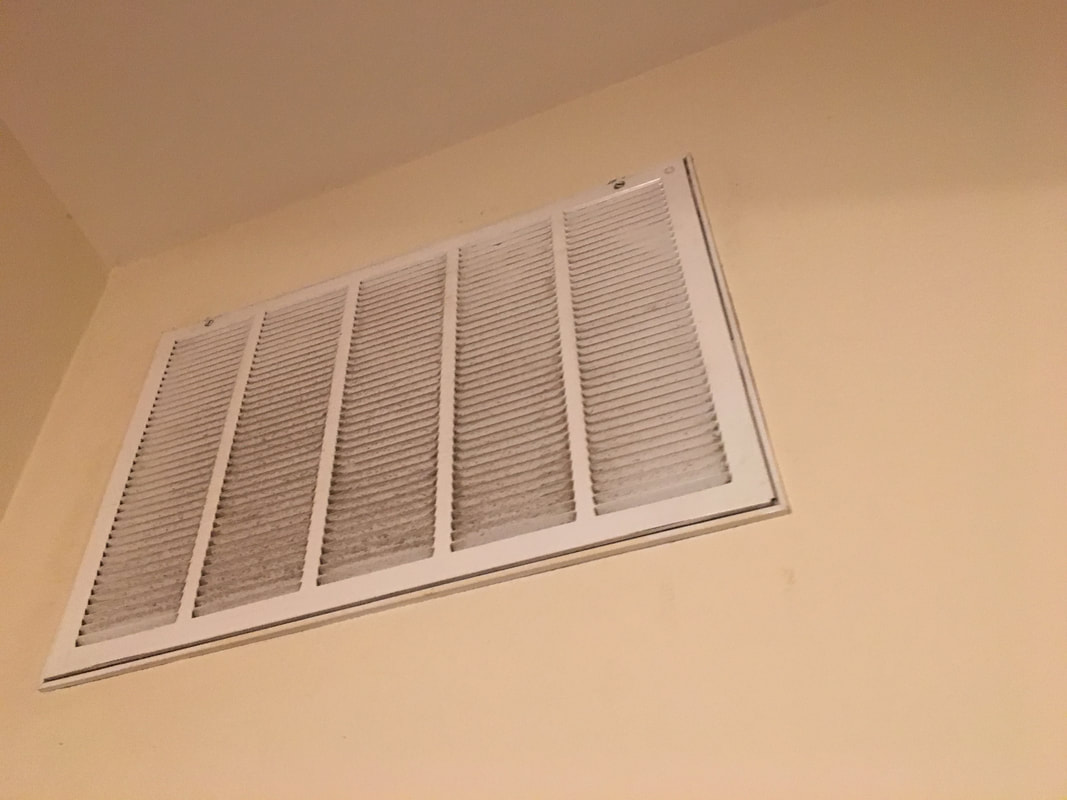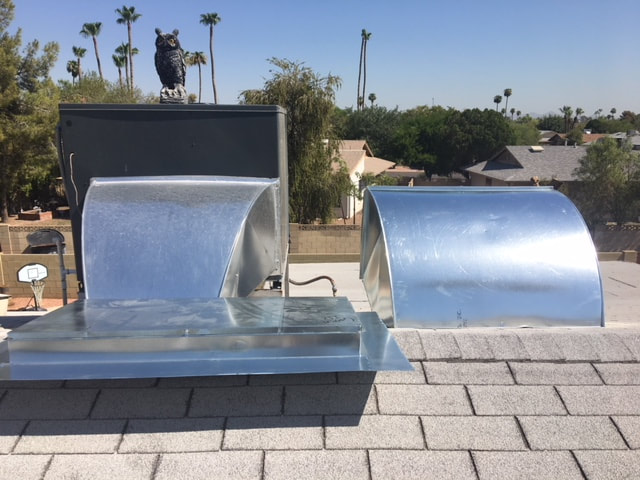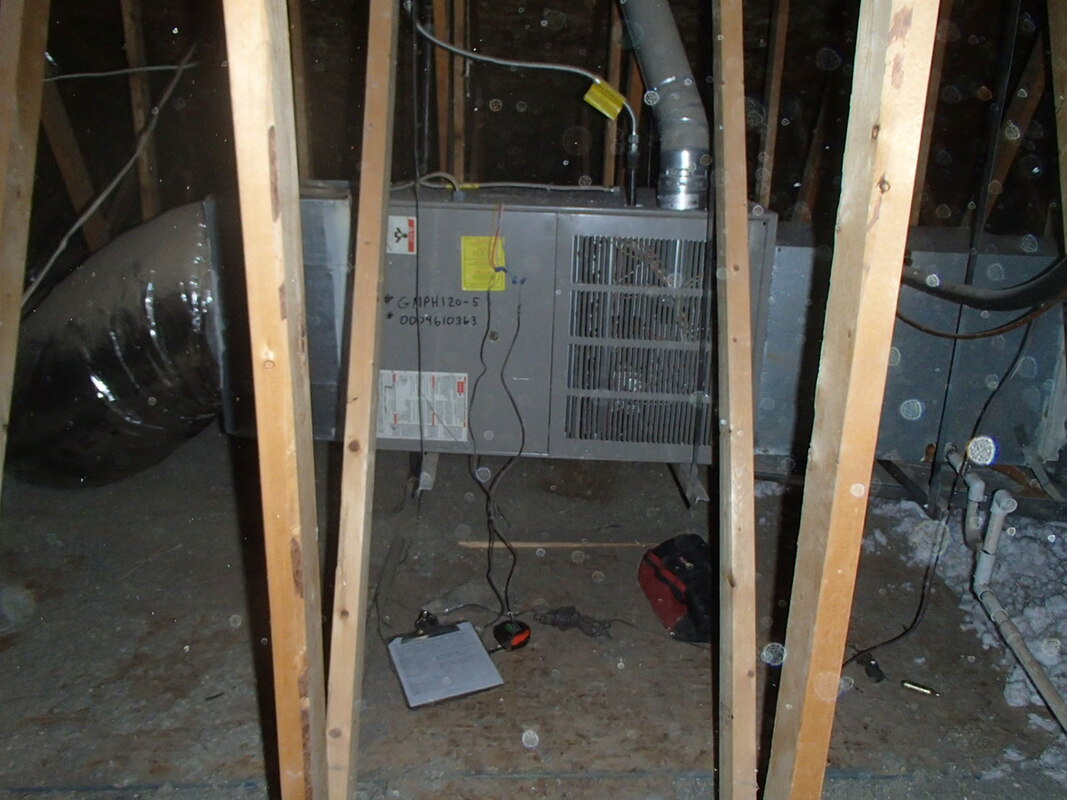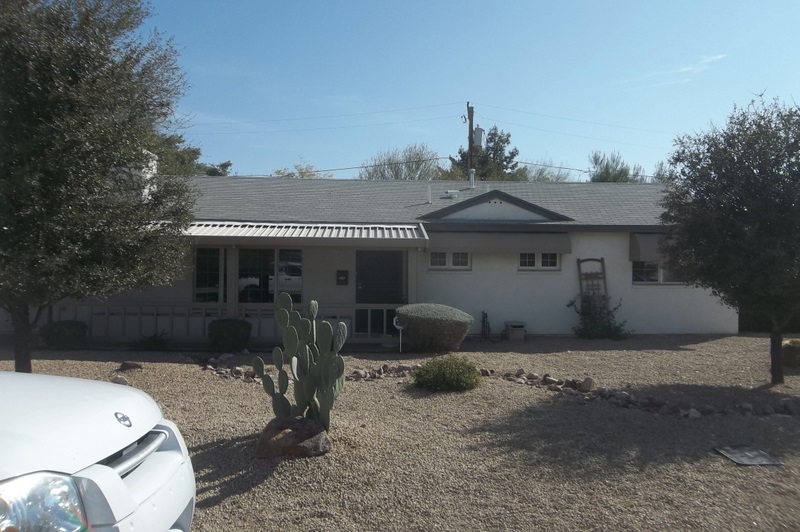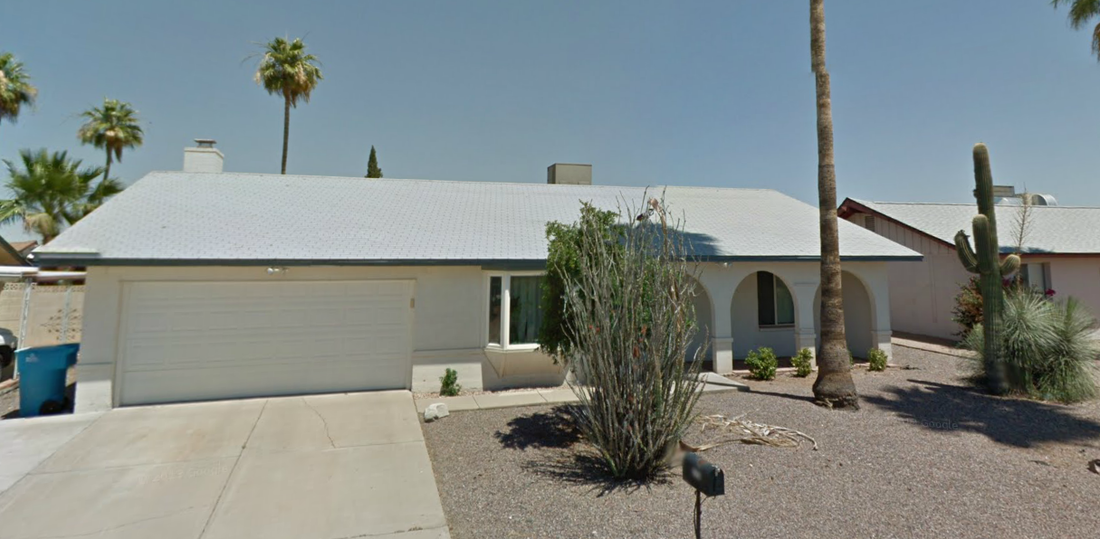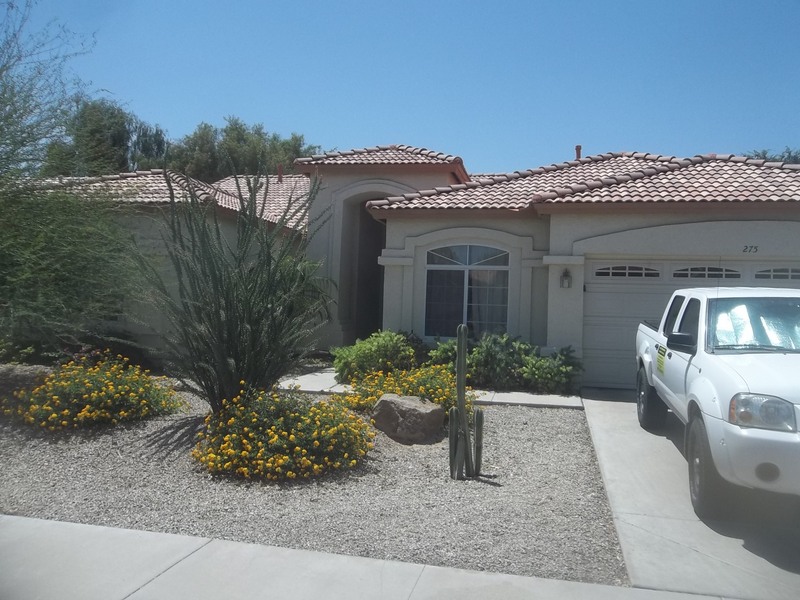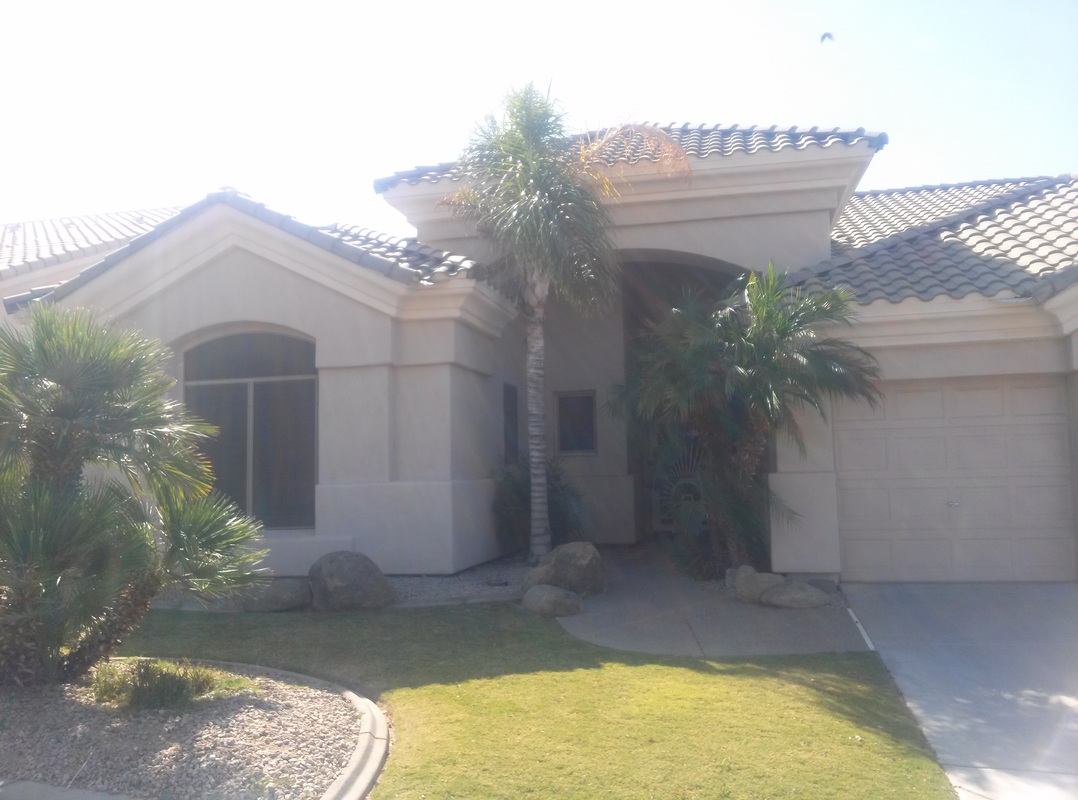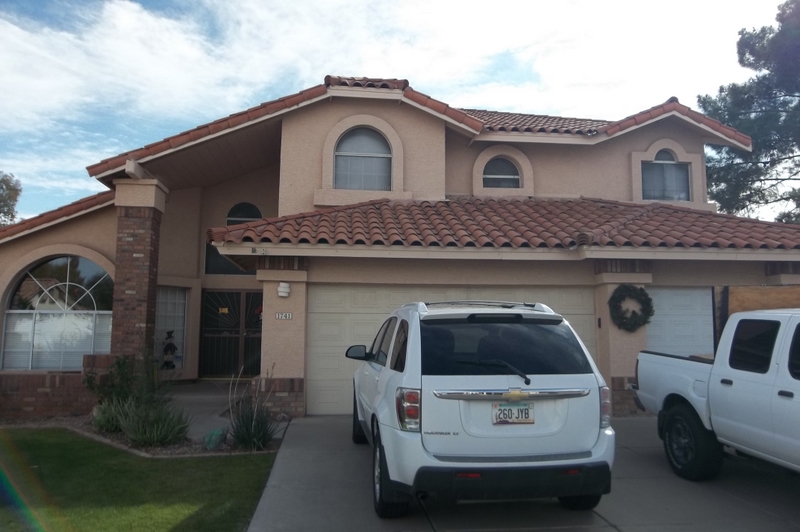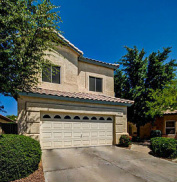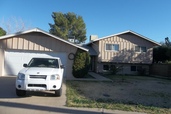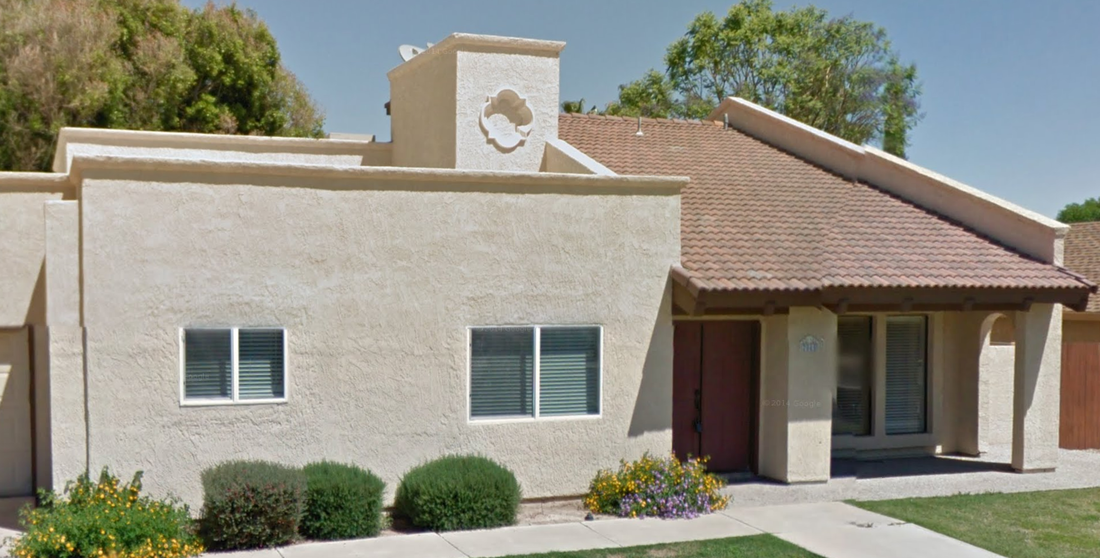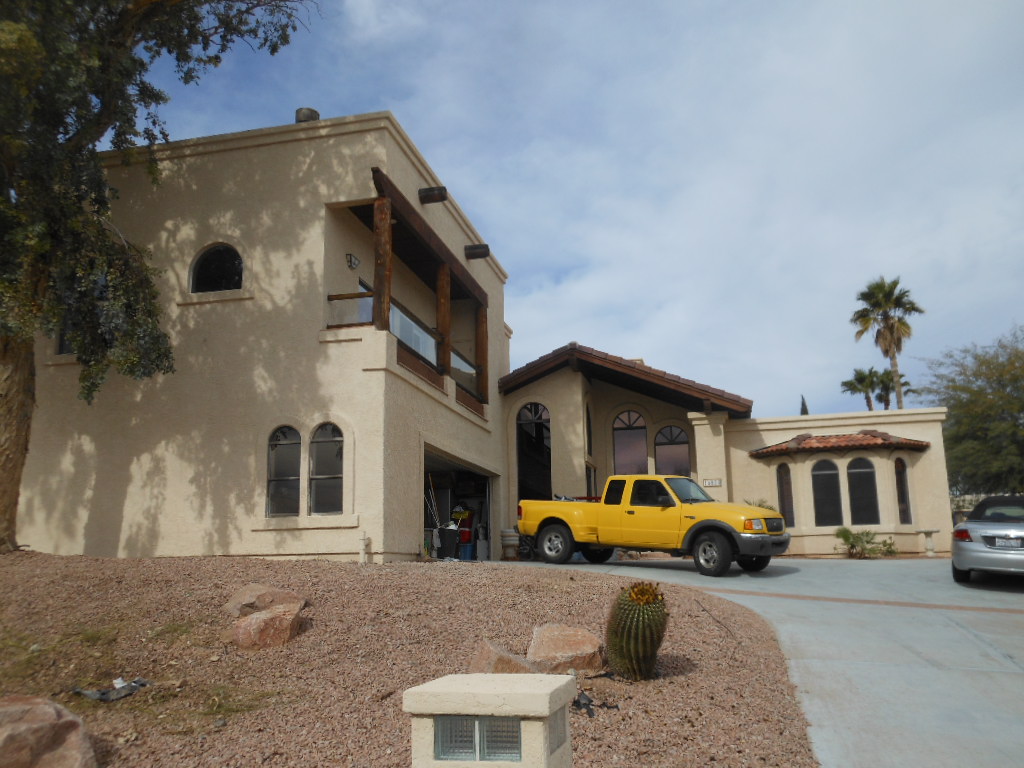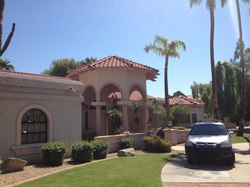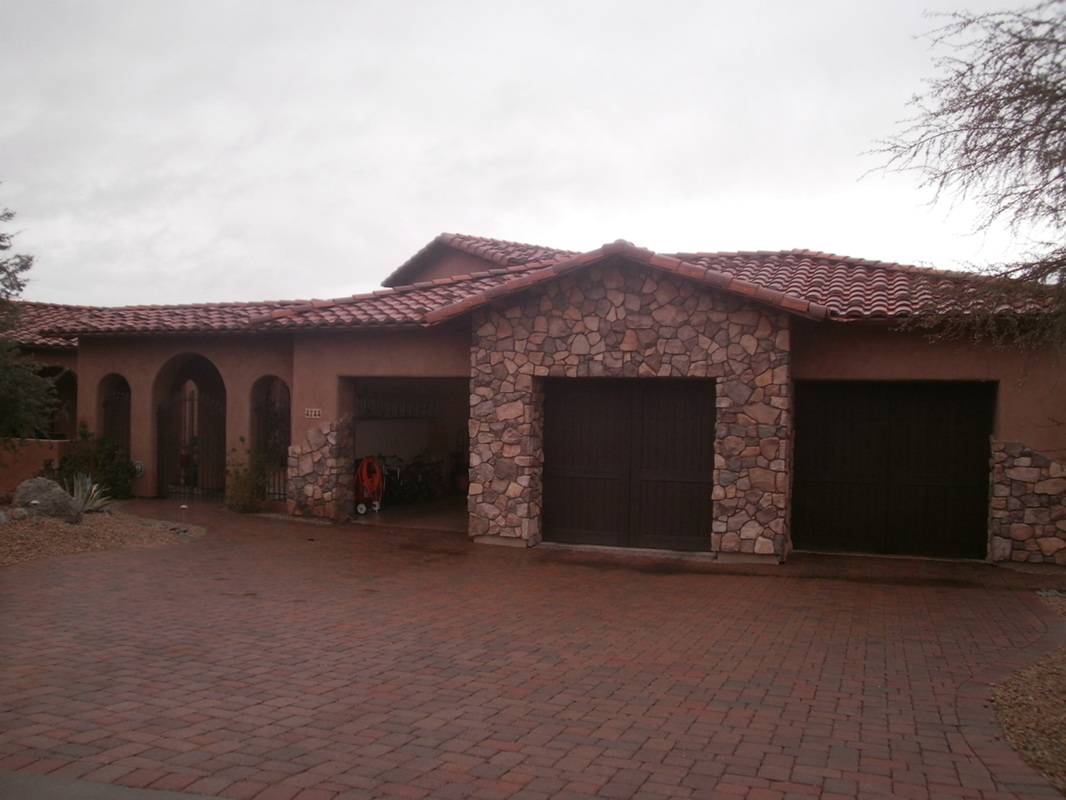|
Maricopa County is the fastest growing county in the nation with the population expected to grow by 80,000 in the next five years. Driving down the street, it’s not surprising to see Canadian licenses plates or meet people from IL, CA, NY or WA. With all these new transplants you would think some of the good home building qualities would rub off on the way Phoenix home builders build houses...unfortunately home builders are slow to catch on which is why I've been asked so many times, "where we are from we have returns in every room, why does my home only have one return?" Good question. On average Phoenix homes have only one return for each AC unit or for every ten supply vents there is typically only one return and this ratio is way off. The Land Of No Return, Why Is Having Only One Return A Bad Thing During our energy audits we check and measure if the ductwork is properly sized and one common finding is that the returns are undersized and need to be larger or a second return added. If your home has only one return per AC system there is a good chance your house needs another return. Imagine breathing through one straw, it doesn't matter how hard you breathe and suck air in, you won't be able to get more air in your lungs until you add more straws to breathe through. The same is true for an HVAC system that is trying to suck a lot of air through too small a return. The AC unit is noisy and it has to work a lot harder because it’s “starved” for air. That means if you have a 4 ton AC system, you are probably only getting 3 tons of air into, and out of the unit because the return duct is too small. More returns need to be added to give your AC system 10 straws to breathe through and from a full 4 tons of air in. Why Is Having More Than One Return Good? We’ve listing the benefits of adding a second return and increasing the size of ductwork going into the AC system below. - Better air circulation in the home - Increased air into the unit means more capacity of the unit (your 4 ton AC system will be pulling a full 4 tons of air) - Quieter every time the unit comes on - Lower energy bills and better operating efficiency Not All Returns Are Equal Just like insulation contractors that "blow and go" and don't think twice about things that compromise its effectiveness like misalignments and air leakage, how a new return is installed is just as important as having an additional return. If the return is not enlarged at the closest location to the AC unit as possible, it will do no good to add another return. The way to fix undersized returns is to remove the bottleneck at its source. Think of a dam that restricts the water supply downstream, it doesn't matter how big you enlargen the reservoir upstream, until the flood gates of the dam open, you won't be able to release more water into the spillways. This is a point most AC contractors miss and takes some planning, training and inter-company communication to get right. Most contractors make the mistake of keeping the same size ductwork into the AC unit and splitting it into two smaller ducts, one for each return. In most cases, that doesn't help because the volume of air is still the same, it's just split into two different rooms now so the room that had the existing return will suck less air in and be weaker than before. Package Units On The Roof If your AC is on the roof and you had an old Geottl unit from the 1980s you likely have a restrictive elbow. This means that no matter how many returns are added to the house won't help because the bottleneck is the elbow on the roof. Goettl and Chas Roberts used twist elbows in all their installs and even if the AC unit was replaced, 99% of AC contractors re-use the existing roof jack that goes into the roof and put the same style elbow back on. So you probably got a new elbow but it's likely a twist elbow because that is what was installed before. The way to fix the problem is to install a side by side elbow with a return plenum. This type of elbow does not restrict the airflow. It requires more labor and skill to install and have yet to see a typical AC contractor even recommend this be done because it’s a laborious process most AC contractors see a package unit change out as an easy day with no attic work. We train out staff to recognize the correct bottlenecks with roof mount AC systems and how to spot restrictions in the attic. That needs to be translated to proper measurements, fabrication and communication to the install team. Making the change from a twist elbow to a side by side elbow adds about 5 hours to a job that would only take 2 hours if the elbow style was remaining the same, which is why most contractors don’t dare, but the end product means a is definitely worth it for the consumer, our customer. Spilt Air Conditioner and Furnace Units If you have a condenser outside and a furnace and coil in the attic, closet or garage, chances are you only have one return for each HVAC system. In the 1980’s Arizona homes started going away from using sheet metal trunk ductwork to using only flex ductwork. Flex ductwork is very easy to install, almost anyone can do it compared to the skill required to install sheet metal ductwork. With the ease of flex duct installation came at the cost of following best practices for ductwork installation. AC contractors made mistakes and got sloppy by using smaller ducts than the plans called for, using too many wye splits, not sealing the ductwork properly and using the cheapest registers possible. We have a saying that building a home to code is the worst you can legally build a home for a reason. The code is the minimum standard and for ductwork design and installation, we still have a lot of room for improvement.
If you take a look at your air handler/ furnace in the attic, you want to see two large metal boxes attached to each end of the AC system. Those boxes are called plenums and you want two of them, one for the supply side and one for the return. 50% of the time, we find air handlers/ furnaces only have 1 plenum on the supply side and nothing on the return. This means that the return flex duct goes straight into the unit, which is a red flag for our inspectors. When performing an energy audit, we are always looking for a return plenum first. If an AC system does not have a return plenum, we typically want to add one before adding new returns unless there is no room in the attic. The size of the new return will depend on our readings and how restrictive the airflow is. In general we want to see the following sizes of return ductwork. 22” return on a 5 ton AC unit 20” return for a 4 ton AC unit 18” return for a 3 ton AC unit 16” return for a 2 ton AC unit
1 Comment
APS (Arizona Public Service) and SRP (Salt River Project) are the two major energy providers in Arizona. Even though they both provide the same service, APS and SRP have some major differences that play a role in deciding where some customers choose to live. APS has a larger service area and is the larger energy provider, covering most of the Phoenix area. SRP’s service area is located more in the East Valley with some exceptions in Glendale, Laveen, Ahwatukee and south Scottsdale. The Green ID energy audit steps will be the same for an APS customer or an SRP customer. We still conduct a blower door test to measure air leakage and duct leakage, use a thermal camera to scan the home for insulation defects, conduct a thorough attic insulation inspection and check the heating and cooling system. But an SRP energy audit differs from an APS energy audit in the way we approach energy savings. APS and SRP have important differences that have implications in how much energy our customers save and what temperature strategies we recommend. We review the major differences between these two energy providers in Arizona and how you can take advantage of savings. Here Are Some Of The Major Differences Between APS And SRPPeak Hours and Rate PlansAPS has peak hours between 3-8 pm. SRP’s peak hours are 2-8 pm. Both utilities recently implemented these major changes in their peak hours. APS changed their peak hours along with a major change in their rate plans with an average 33% increase. SRP changed only their peak hours and kept their rate plans the same. This is part of a national change all utilities are making to more demand-based rate plans, penalizing users for using energy when they need it the most. Demand ChargesAPS peak hours penalize homeowners much more than SRP for using large amounts of energy by charging a $15 per day demand charge on top of a peak hour rate for almost all of their rate plans. SRP has a demand charge but only for solar customers and the E-27 pilot rate plan. I wouldn’t be surprised if SRP changes all their rate plans to a demand-based charge in the near future. RebatesAPS essentially offers only a duct-sealing rebate. SRP offers many other rebates including insulation, shade screens, high-efficiency air conditioning systems and pool pumps. APS technically has air sealing, HVAC and insulation rebates but they have made these rebates difficult to achieve. Energy RatesRecently, APS implemented significantly higher energy rates for all customers. These rate increases came out to be about 33% higher on average. In the past, APS increased their energy rates only by 6% year to year. SRP has not yet implemented a huge jump in increasing their energy rates but it’s likely coming. Ownership & PoliticsAPS is owned by Pinnacle West Corporation, a publicly traded, for-profit company. SRP is a non-profit utility company. Both companies are essentially monopolies but APS is much more profit-driven and goes to extremes to ensure its profits. APS pours dark money into politics to ensure their candidates are elected to the Arizona Corporation Commission, a group that is supposed to look out for the Arizona consumer but instead votes for APS’s interest. APS also sponsors many events for our State Governments. APS does provide private funding for weatherization programs to help low-income families pay for efficiency upgrades to their home. SRP is known for better customer service and communication but they still tend to follow APS rate increases and time of use plans. What Can You Do?In general APS has higher energy rates than SRP, less efficiency rebates and they are less consumer friendly. Whether you are an APS vs an SRP customer, your decision to save energy in your home is still an important one. While APS may not have the same financial incentives in the way of rebates, our energy audits are a gateway to saving you money overall. Saving money also means putting less of a demand on your energy provider and less money in their pocket. Unless you’re in the process of buying a new home, you can’t pick the energy provider in your neighborhood but you CAN take steps to being more energy efficient. Green ID’s extensive experience with both providers allow us to make the best recommendations on savings, regardless of whether you are serviced by APS or SRP.
|
Sign Up For Your Home Energy AuditFIND YOUR HOME TYPERanch HomesSingle Story, Spec HomesTwo Story, Spec HomesTri-Level HomesPre-1990 Custom HomePost-1990 Custom HomeDon't See Your Home? Find Your City Below!Archives
April 2024
Copyright Notice©2009 – 2023
All Rights Reserved |


